There is no rush here. “Jaqueline” has been there for centuries, buried in the cemetery created by the first Christian occupants of Cacela. Nuno Cardoso recently arrived from England to participate in the excavations of the archaeological campaign “Muslims and Christians in Medieval Cacela: Changing Territory and Identities”, but he also has no plans to go anywhere.
After all, archeology is just that: patience, method and dexterity, so that the act of unearthing the past allows us to find new pieces of the great puzzle that is History.
Already in this story, with small h, which is told here, "Jaqueline" - which can also be "Zacarias", is still to be determined and there are even bets - is one of the many skeletons that were found by the archeologist team, researchers from other areas and students from different institutions at the Campo-School of Archeology of Cacela, in Vila Real de Santo António, whose 2019 edition started on June 17th and ends today, Friday, the 12th.
In this case, it is Nuno Cardoso, a not-so-young student at the University of Winchester, in England, who scrapes, with a small knife, the basin of a human being that emerges from the earth.
“It takes a lot of patience. We have to use this little knife, a teaspoon and a brush. But it's spectacular," he told the Sul Informação, the British university student, on whom the honor fell to name this skeleton.
“This is my first dig and I'm loving it. I had never excavated human bones. It's been brutal», revealed this Portuguese who has been living in England for 12 years and who, recently, decided to go back to school.
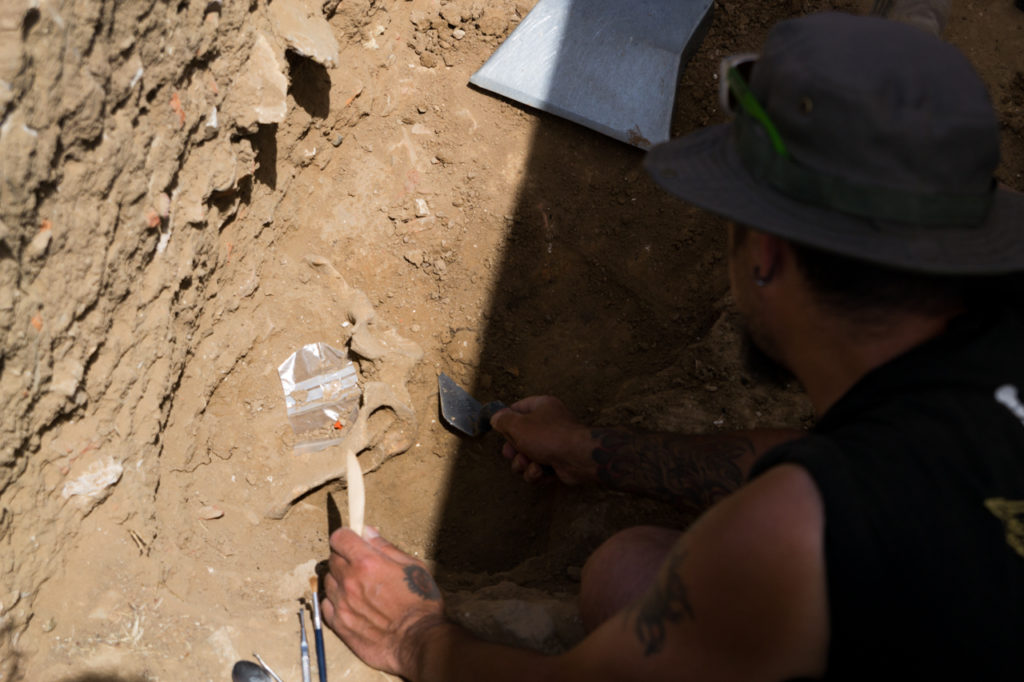
At his side is Humberto Veríssimo, a master's student at the University of Algarve who is taking part in the Cacela school camp for the second time.
«I already knew the work that came from last year, it ends up being the continuation. The amount of burials we have found is interesting, especially of juveniles», he explained, in statements to our newspaper. This indicates that there was probably a lot of infant mortality at the time.
The number of human skeletons found is, moreover, the highlight of the work that was carried out in the field, in 2019, within the scope of this project promoted jointly by the University of Algarve (UAlg), the Regional Directorate of Culture of the Algarve (DRCAlg) and by the Chamber of VRSA.
«When we restarted the excavations, in 2018, the last grave that had been marked, since 2001, was 56. At the moment, we are already in 79. In other words, in two years, 23 graves were found. Mainly this year, there were many human skeletons found», he revealed to the Sul Informação archeologist Maria João Valente, from the University of Algarve.
This led to «it has not been possible to go to another location», contrary to what was planned. "There were so many human skeletons found that they have to be unearthed with care, that it's better to go slow and do things well than to run around and risk damaging something."
“We archaeologists often say that an act of excavation is, at the same time, an act of destruction. Because we don't get back to what we dug. Either the information is removed on the spot and everything is done right, or we no longer retrieve it. Therefore, it is important to go slowly», reinforced Maria João Valente, co-coordinator of the archeological works in Cacela.
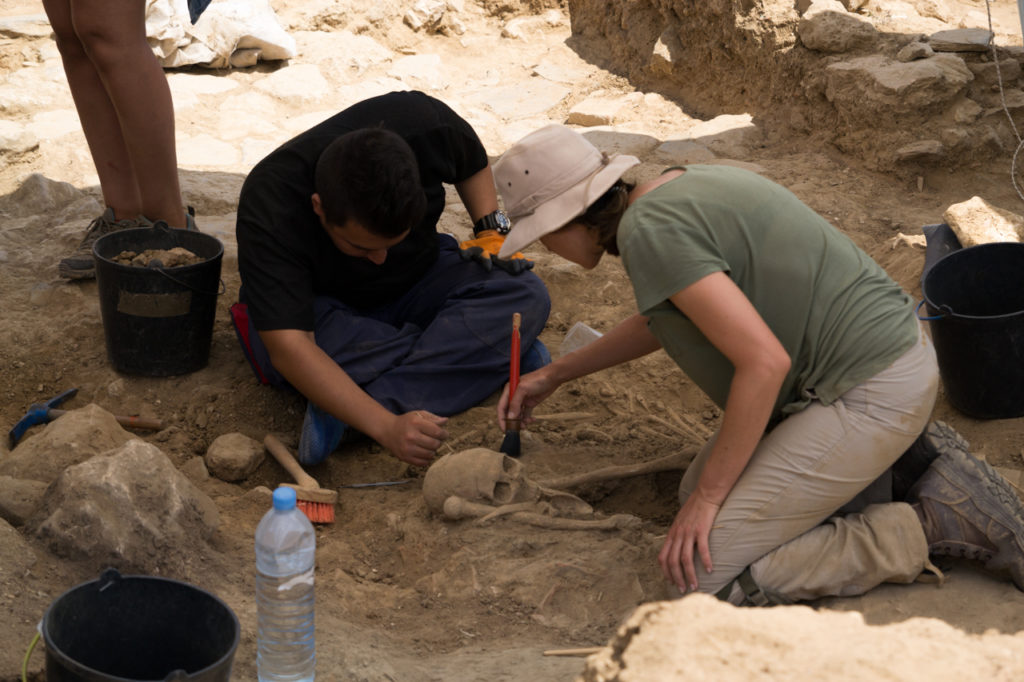
Although it was not possible to move to another location, in what would be a new attempt to find the former Chapel of Nossa Senhora dos Mártires and to know the limits of the cemetery that existed, from the XNUMXth century, in the eastern part of the current village of Cacela-a-Velha, researchers do not give their time as wasted. On the contrary.
“We were already expecting to find many human bones. It was a very intense and fruitful month. This is a large-scale necropolis», said Cristina Tété Garcia, from DRCAlg, who is also the campaign coordinator.
This is because, together with the skeletons, another type of remains emerged, these older and coming from the Islamic quarter that would have been destroyed with the arrival of the Christians and on top of which the hermitage and cemetery that surrounded it were built.
And there's a little of everything, from earrings to ceramics, but also animal remains – including companions – and kitchen utensils, namely a large number of scallop shells, “which were used as spoons to serve soup and food”.
Everything that was found was carefully separated, packaged and labeled by researcher Ana Nunes, from the University of Algarve. This job of shoe it is as or more important than what is done in the field, as it is the basis for the work in the laboratory, which could last for many years and be carried out by scientists who did not participate in the campaign.
This material, namely the human bones, «will be taken to the University of Algarve, to be stored in a place where there is no change in temperature, so that, when our fellow anthropologists come, they can spend some time studying it».
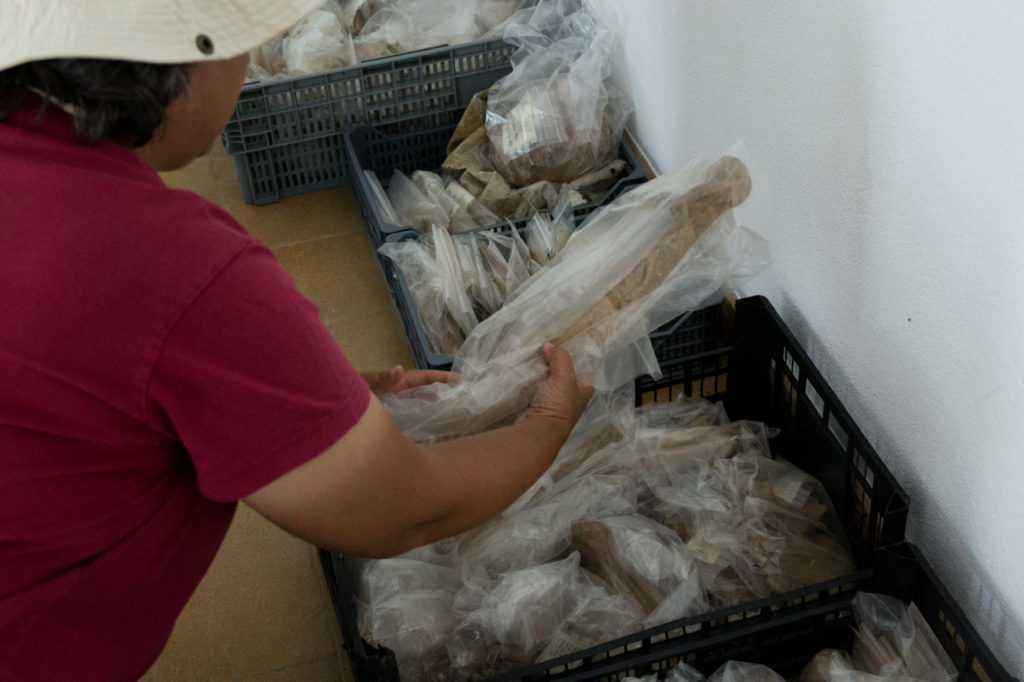
«The materials from last year are already at the University of Algarve, but they will also be studied for next year. We decided to carry out a more complete study of human remains every two years», framed Maria João Valente.
According to the UAlg researcher, “the adults are very well preserved. We even already have the 3D reconstruction of some, which we will show when we publicly present the results of the project».
In the final stretch of the 2019 school-camp, both Maria João Valente and Cristina Tété Garcia admit that the main objective of the excavations continues to be the discovery of the hermitage and, eventually, of the site where the oldest Islamic necropolis is located.
«Unfortunately, we have not yet found the hermitage, the temple that brings together all these graves. But she has to be here. What makes sense is that the hermitage is more protected by the castle, in a higher area. Next year, we will probably do a survey there in the cane field [next to the path that descends from Cacela to the mouth of the river]," he told the Sul Informação Cristina Tete Garcia.
“Because, as we found out last year, the walls that I thought would belong to the hermitage, after all, belonged to the Islamic quarter, which is a highly planned structure, from scratch. The roads were built in an orthogonal system and lots of land were implanted and distributed to people to build their houses, as if it were an urbanization, which is exceptional for the Middle Ages», he added.
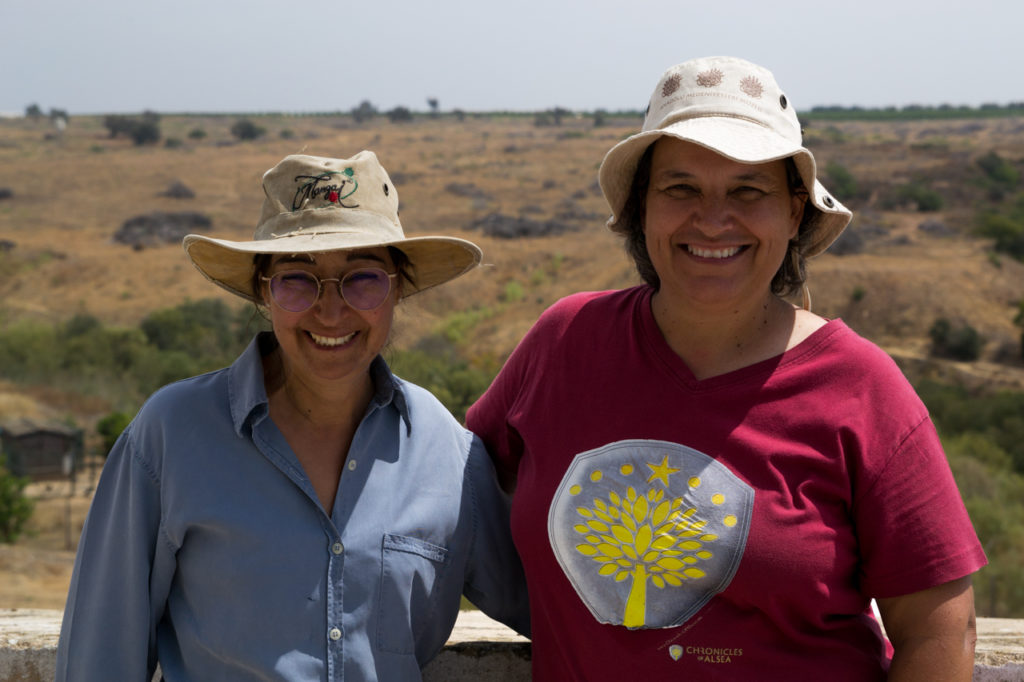
Even before finding the temple and its remains, which would be a real icing on the cake of these excavations, the Vila Real de Santo António City Council is already talking about musealization of the findings.
According to Conceição Cabrita, president of the Chamber of VRSA, "the project will continue for the next two years and will allow for a deeper understanding of the past of Cacela Velha and contribute to the musealization of this territory."
Adriana Freire Nogueira, regional director of Culture, who visited the field-school yesterday accompanied by the town councilor from Vilarreal, said that “this campaign is synonymous with the defense and safeguarding of heritage, so the institution could not stay out of this protocol and contribute to the preservation of this important archaeological site'.
In the meantime, the work will continue, at UAlg and other institutions. And although the musealization is an idea that the project coordinators do not reject – even if they talk about “taking in the Museum that Cacela already is” and of making an itinerary around the village, and not “a de facto museum” – the most important thing is , now, is to realize what was unearthed. And for that, funding is needed.
“For the year and for 2021, excavations are guaranteed. What we are looking for now is to have funding, not so much to dig – as things are more or less guaranteed by the VRSA Chamber, which has made an extraordinary effort to give us this capacity for accommodation and food – but to do work laboratory,” said Maria João Valente.
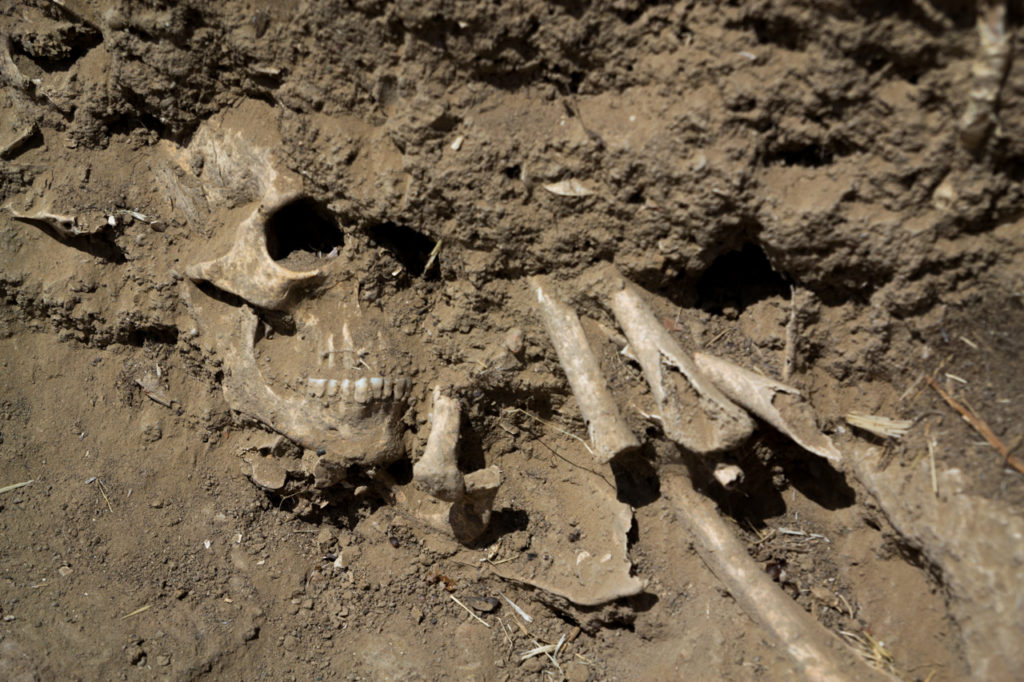
At issue are “radiocarbon dating, the study of isotopes, ancient DNA”, all of them “exams that cost a lot of money. The analyzes are being carried out, at this moment, “by dropper”.
«We have a very funny project with the Hércules laboratory, in Évora, which already has some information about isotopes and which gives us interesting information about the population buried here. Everything points to the fact that many of the people who were buried in the necropolis that is being excavated did not live here in Cacela, but in the border area, more towards the mountains or the Barrocal», added the archaeologist from UAlg.
This intense occupation of the necropolis and the diversity of people buried here «is in line with what can be read in the historical documents, which state that this hermitage and its cemetery were of great pilgrimage and that there was a factory that survived on the alms that people gave. they gave'.
«The visitors of the Order of Santiago, it is with some regret that they report this, as there is the new Mother Church, up there, but people do not let go of this one and keep it at their expense», said Cristina Tété Garcia.
The archaeologist and researcher recalled that, for a long time, «this was the church of the entire Lower Guadiana area, since Alcoutim and Castro Marim had no church».
Today, the last tools will be put away and the archaeological site will be prepared for another year of rest. In 2020, by this time, there are more excavations.
Photos: Rodrigo Damasceno |Sul Informação
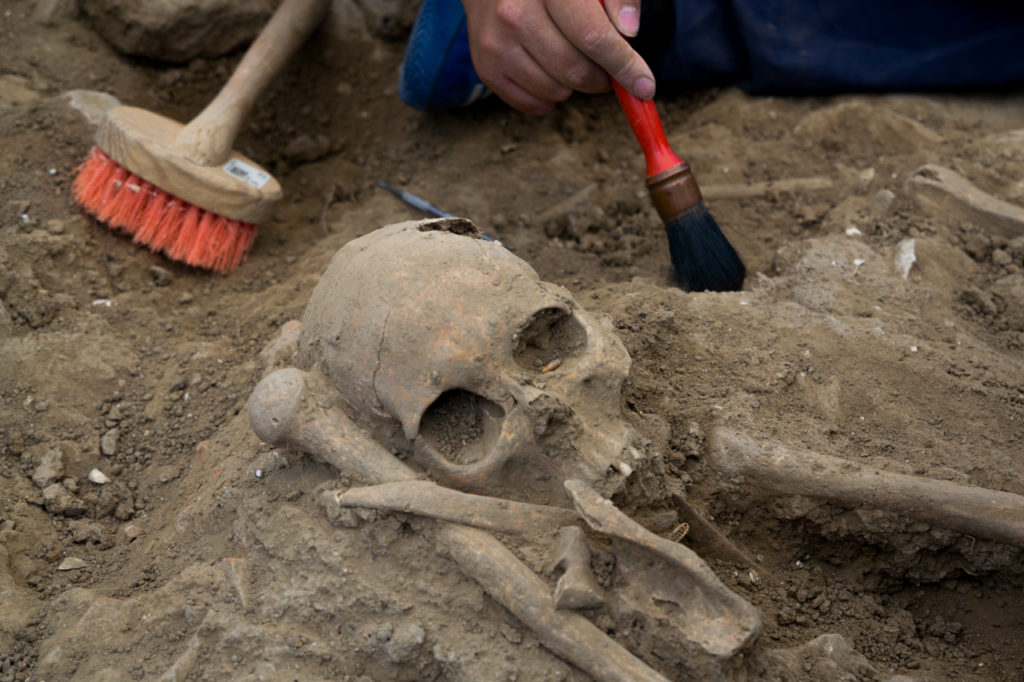
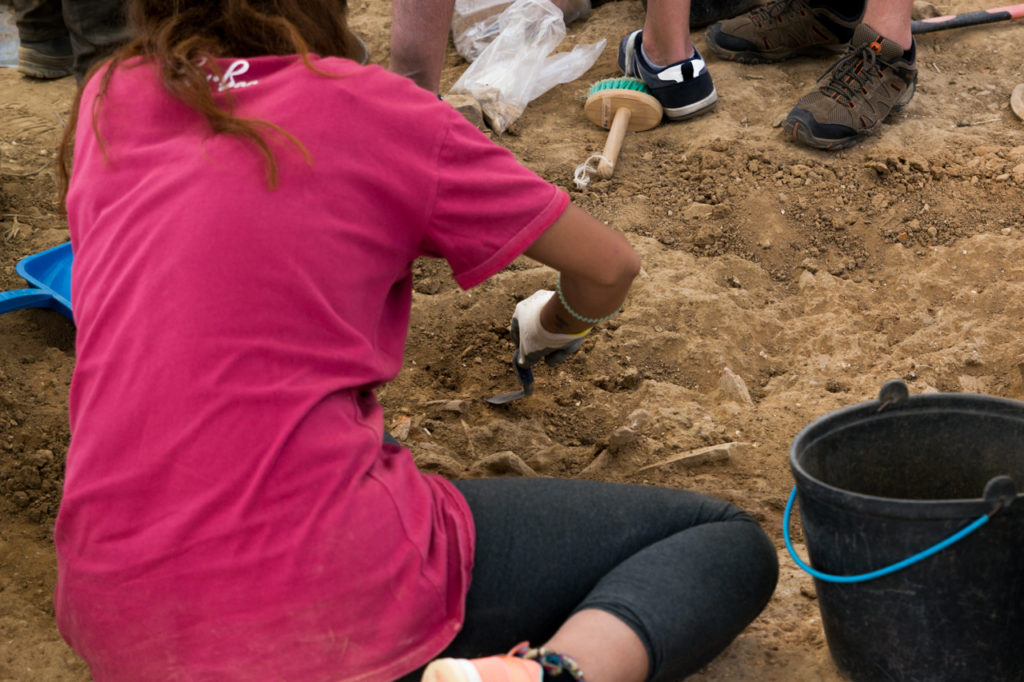
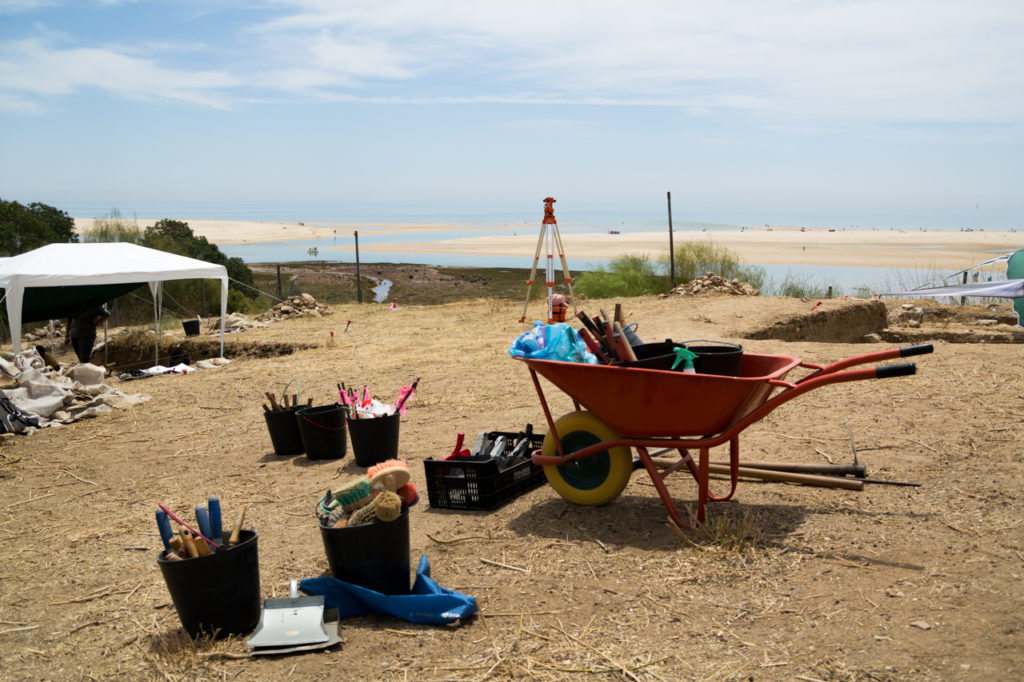
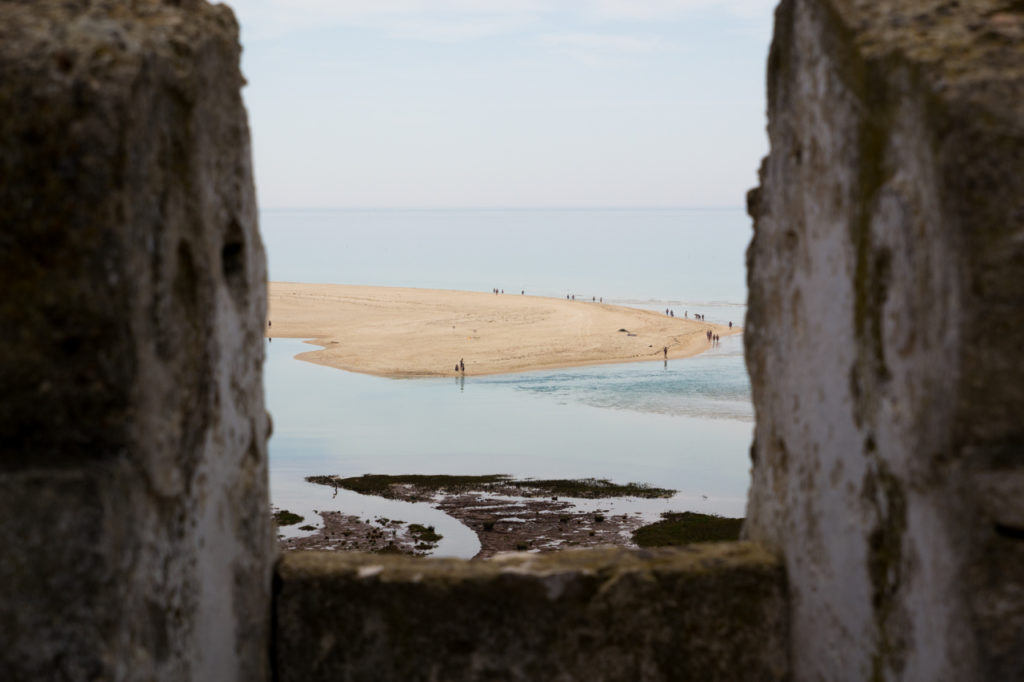
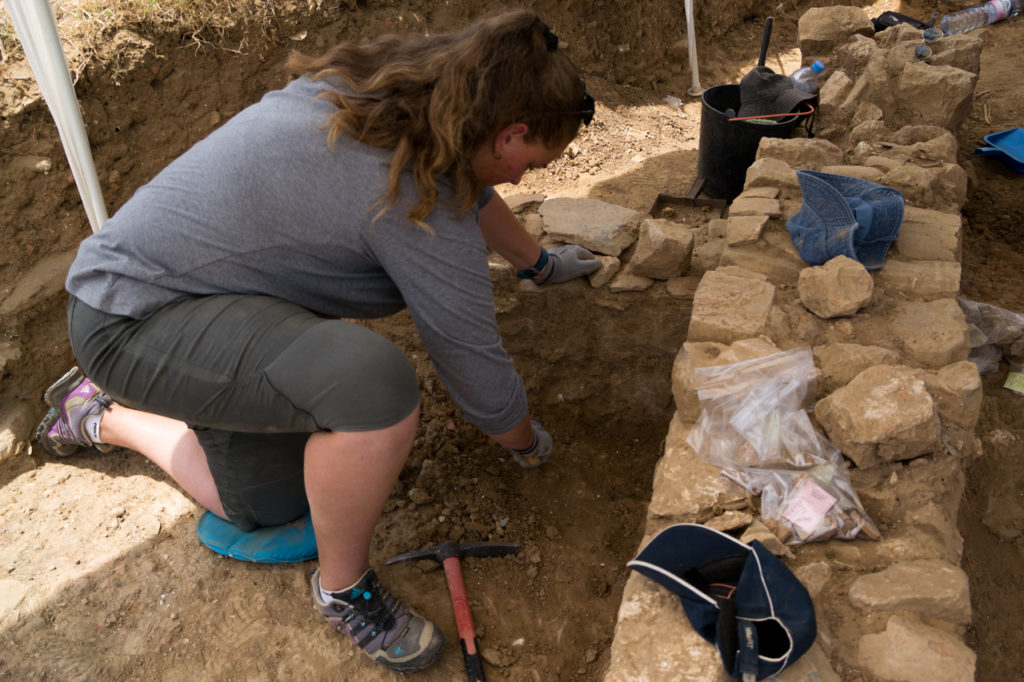
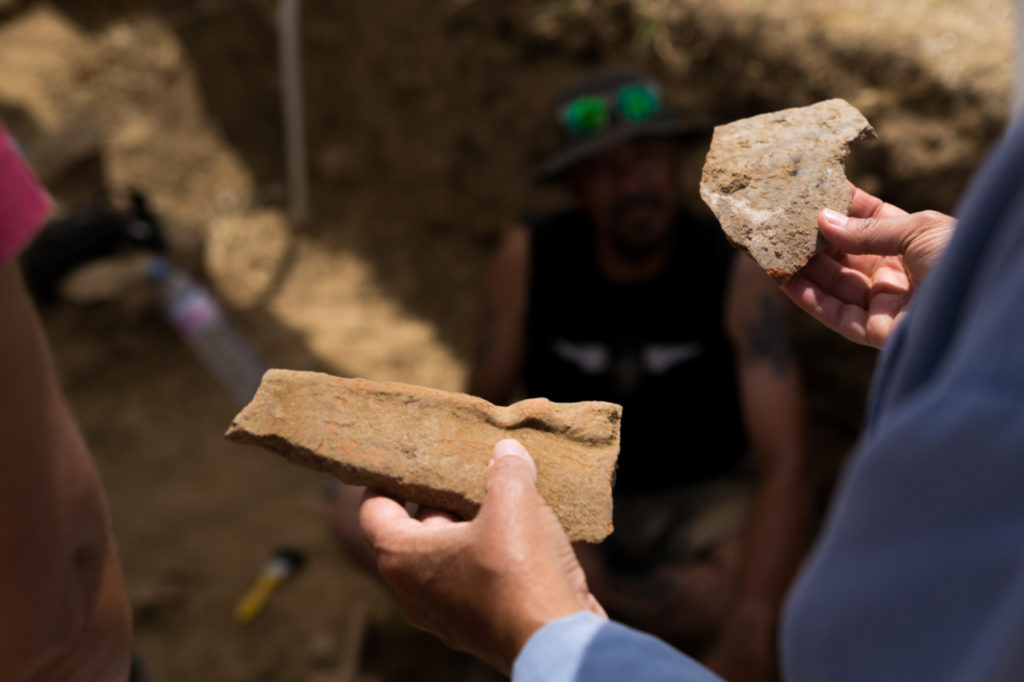
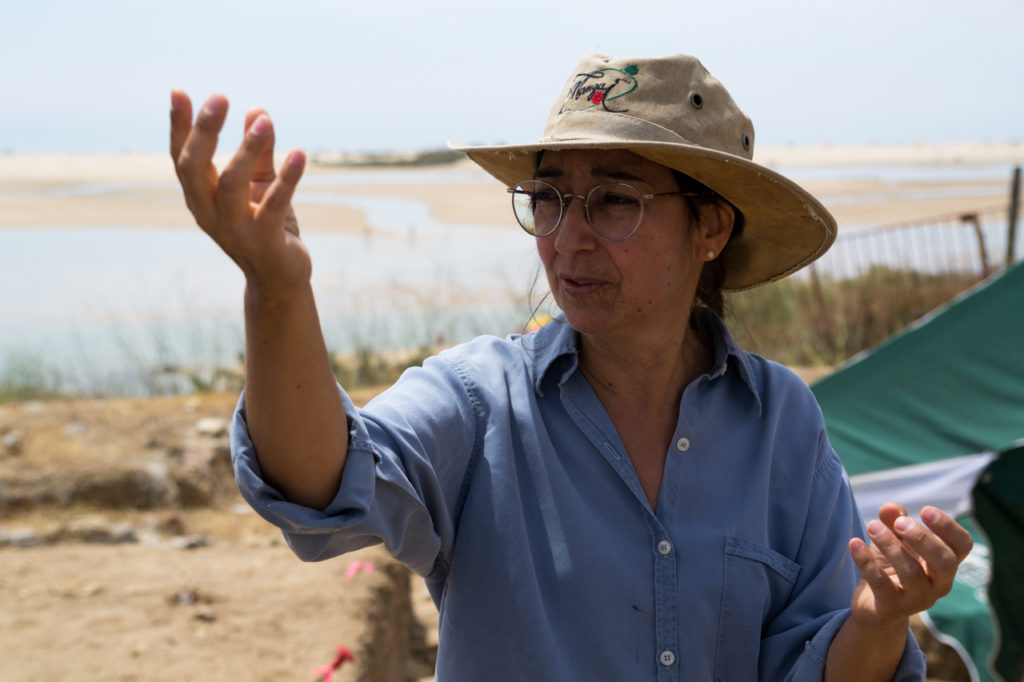
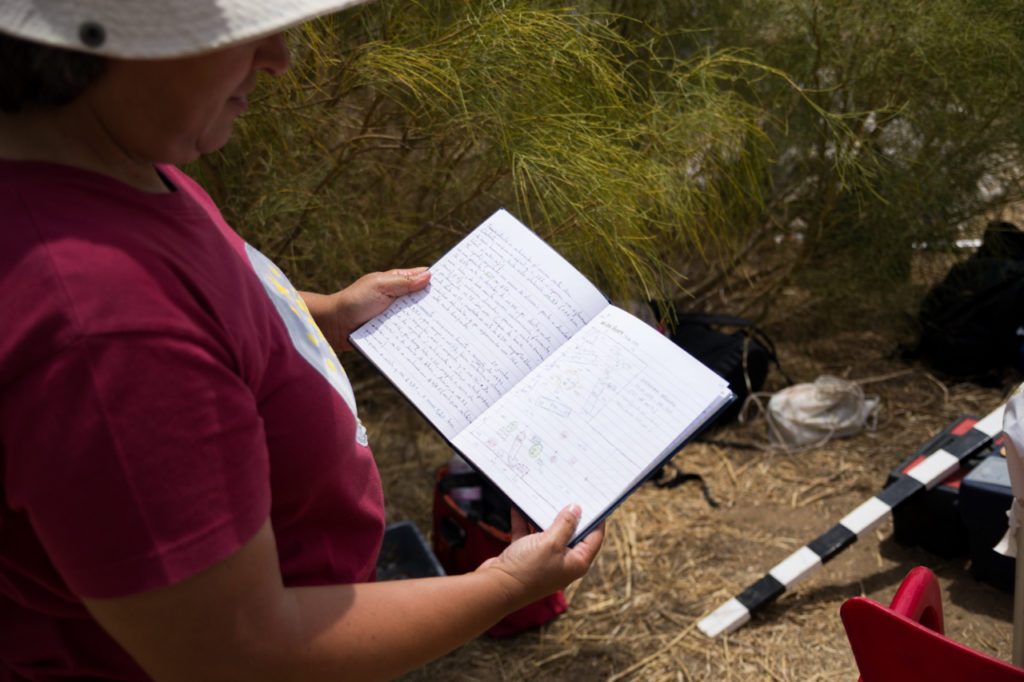
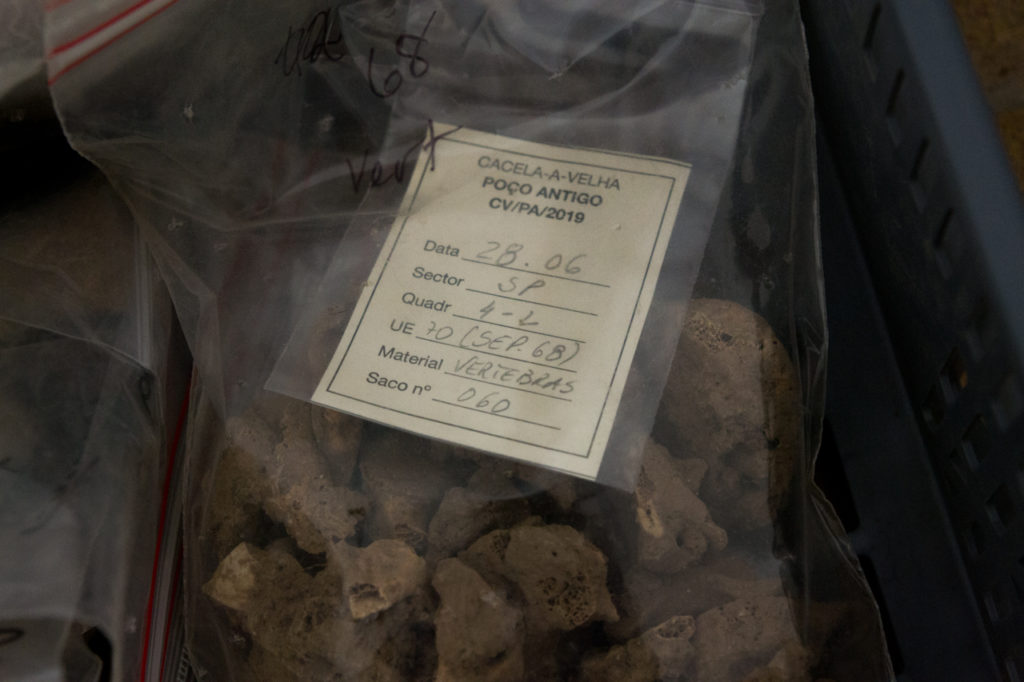
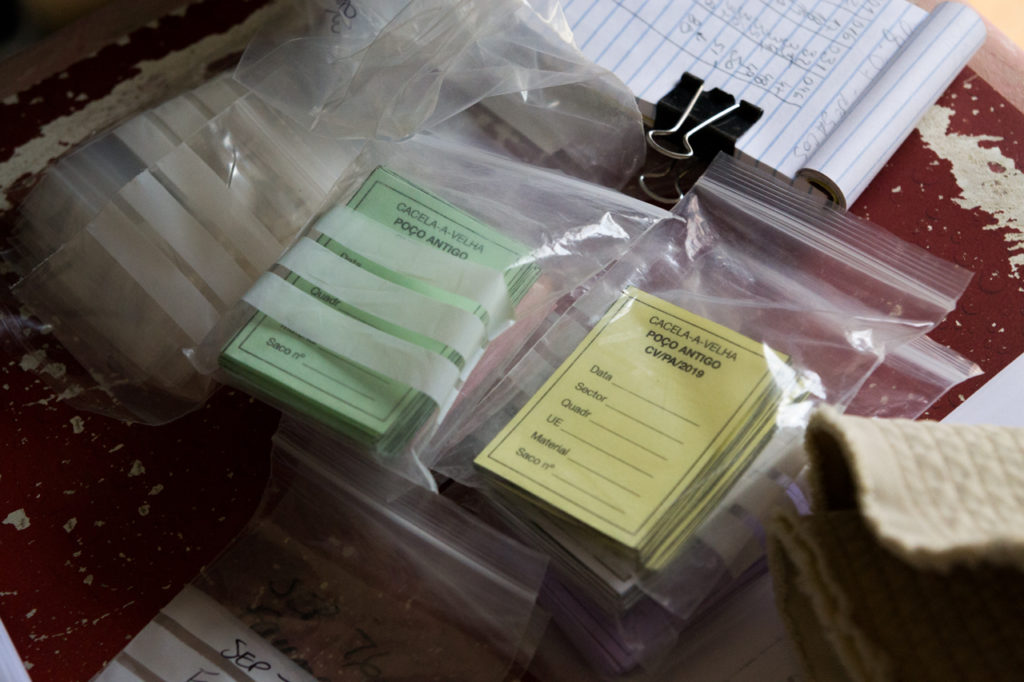
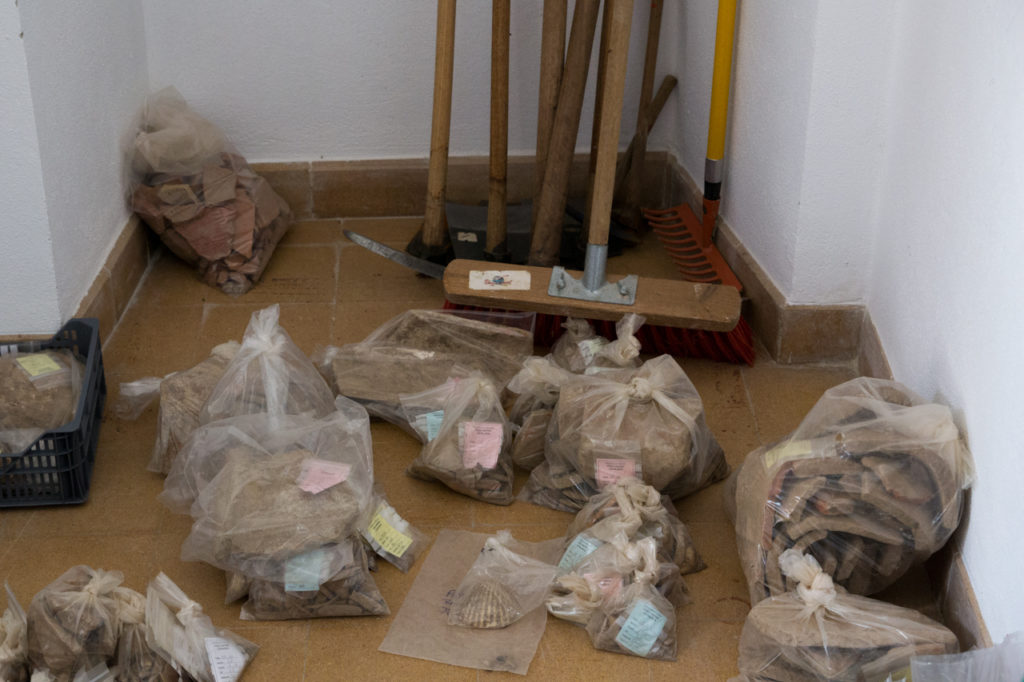
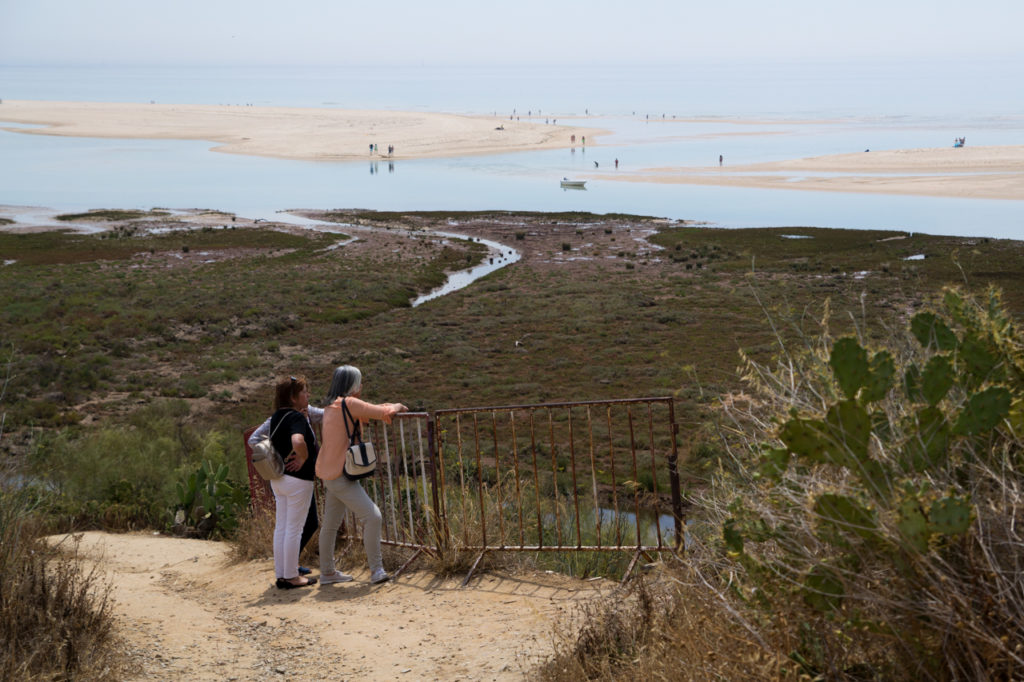
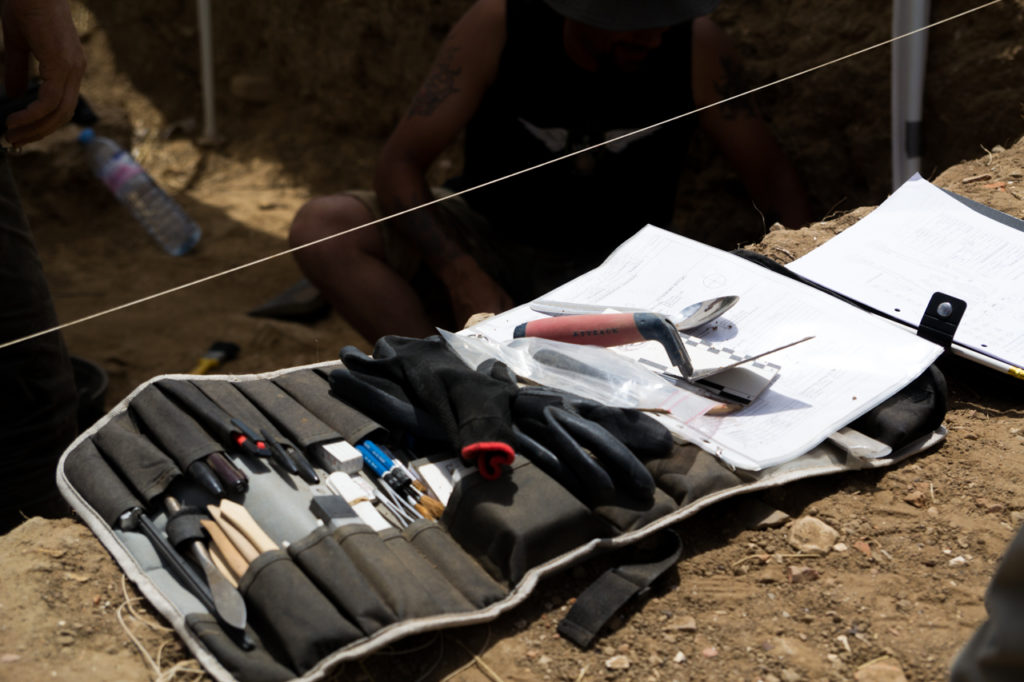
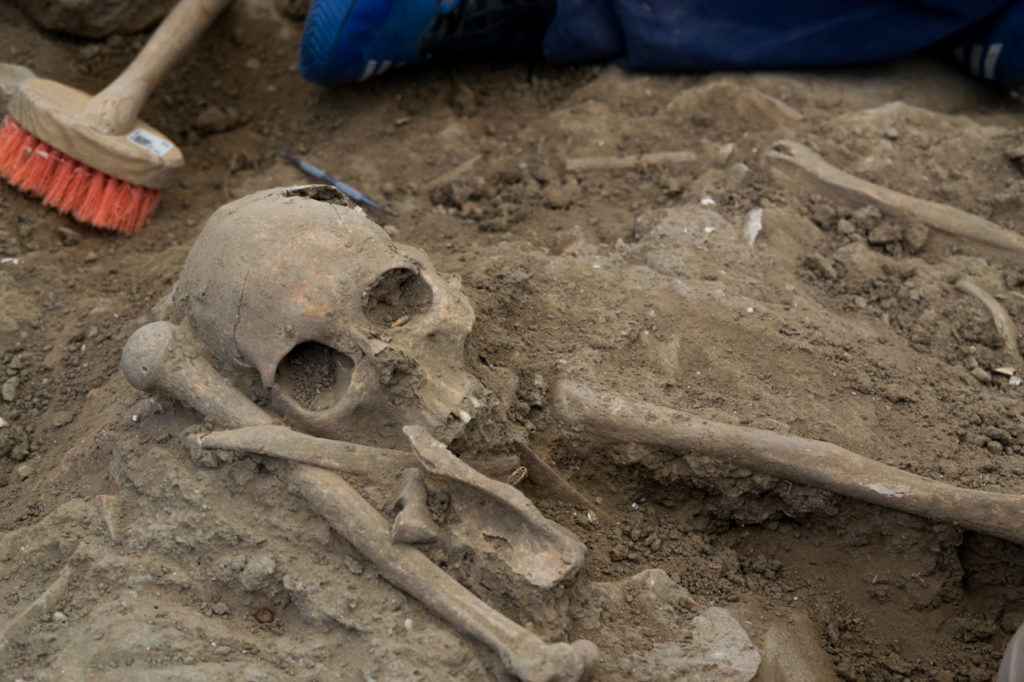
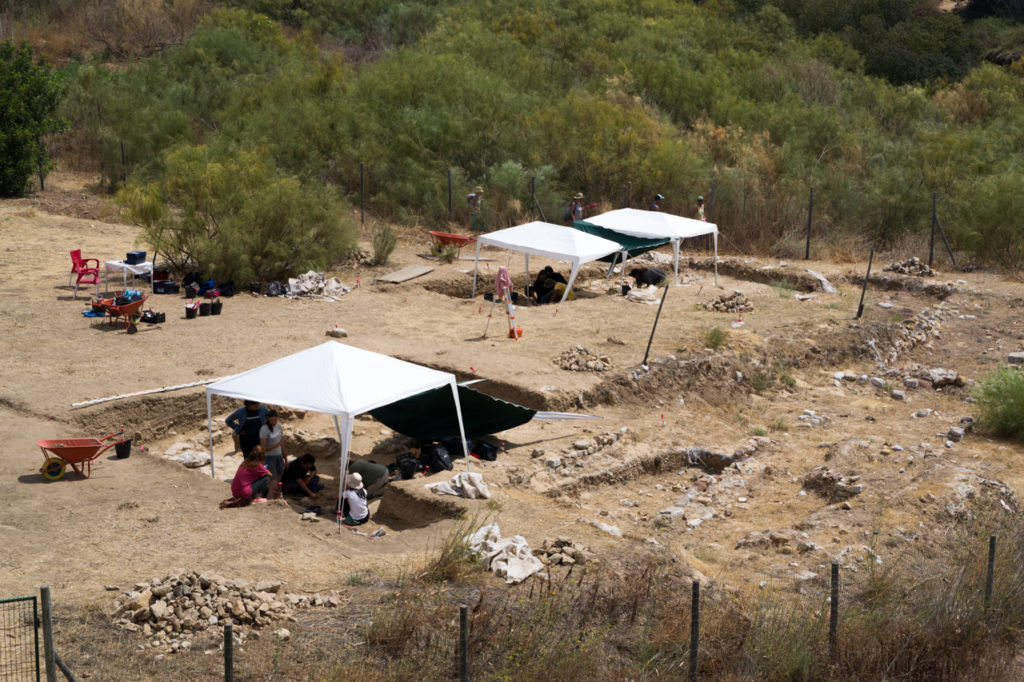
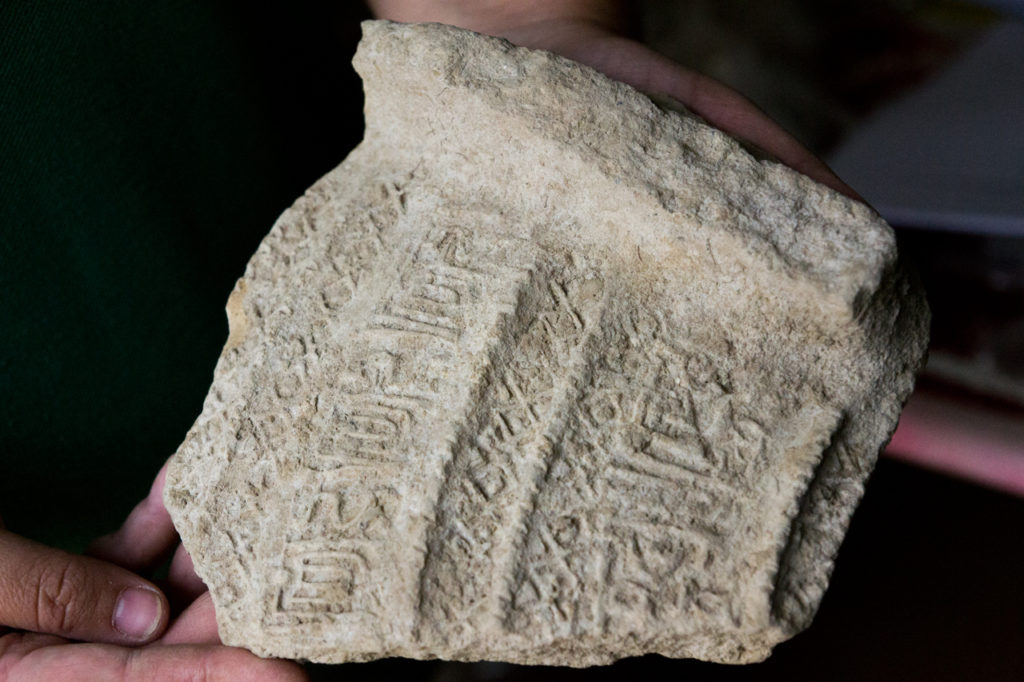
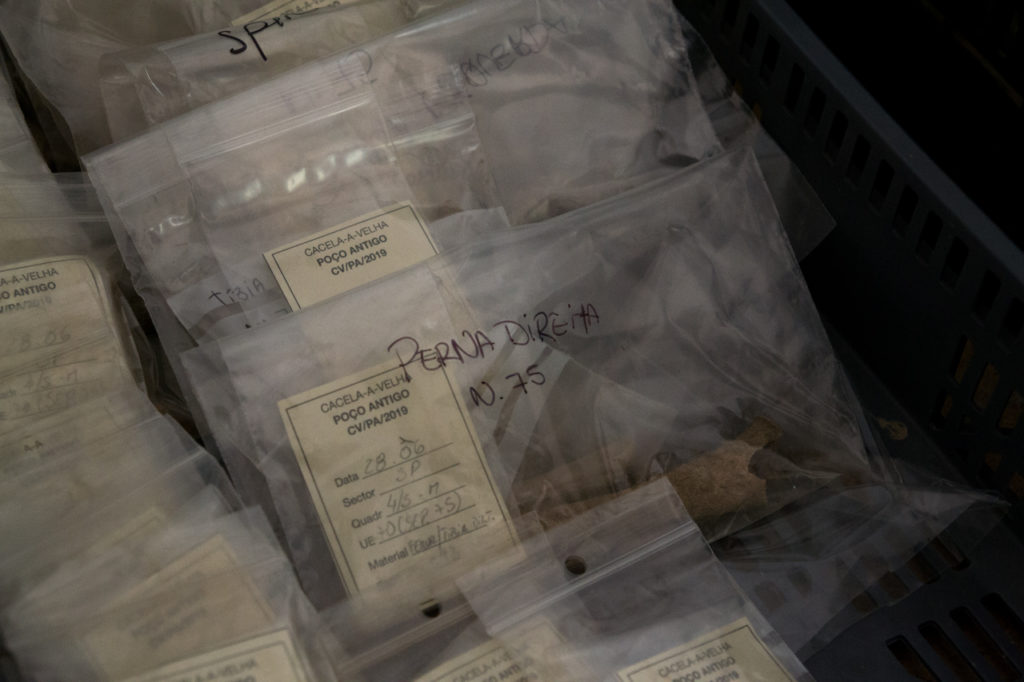
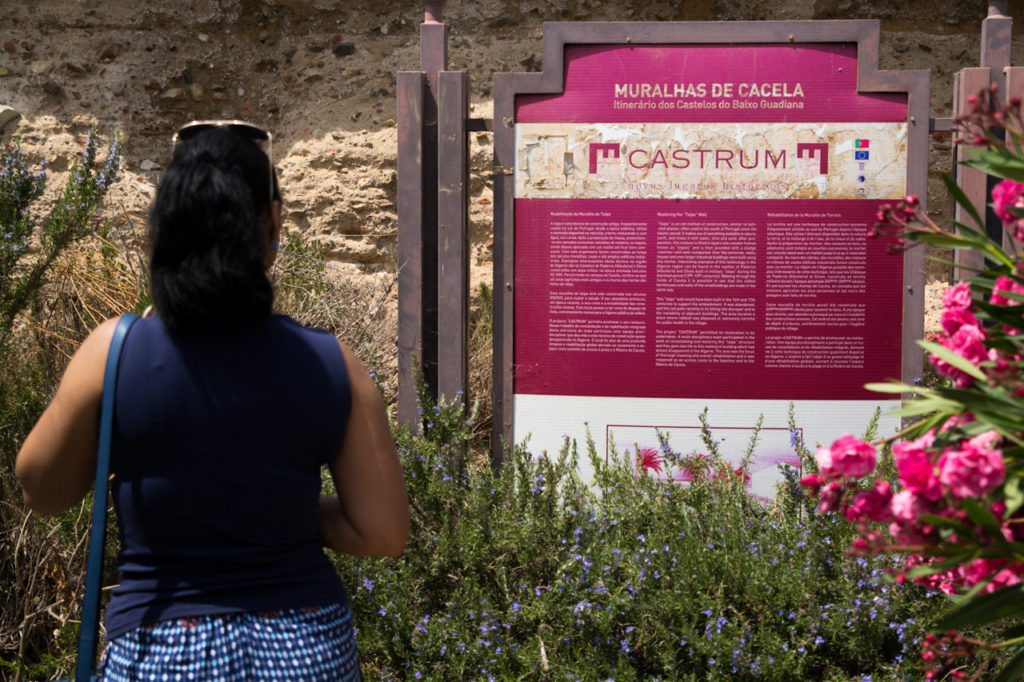
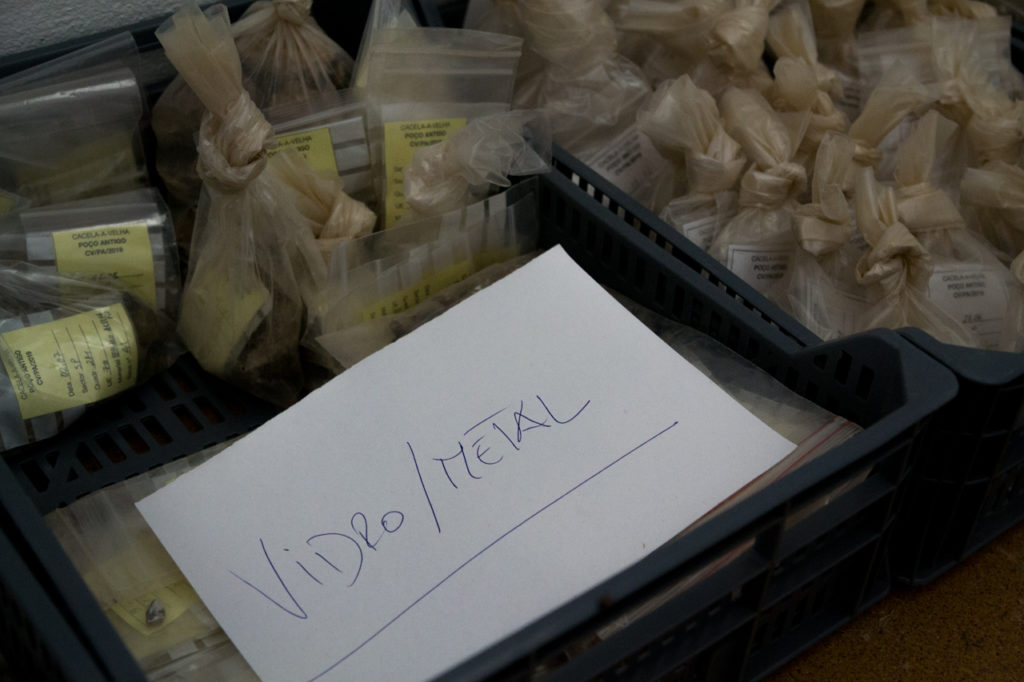
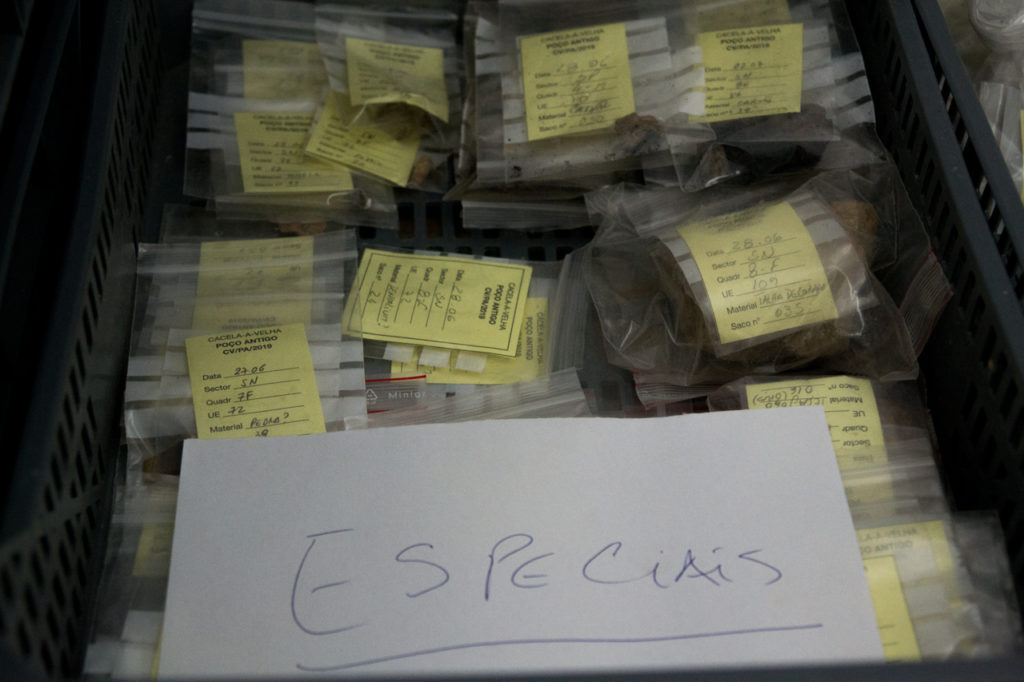
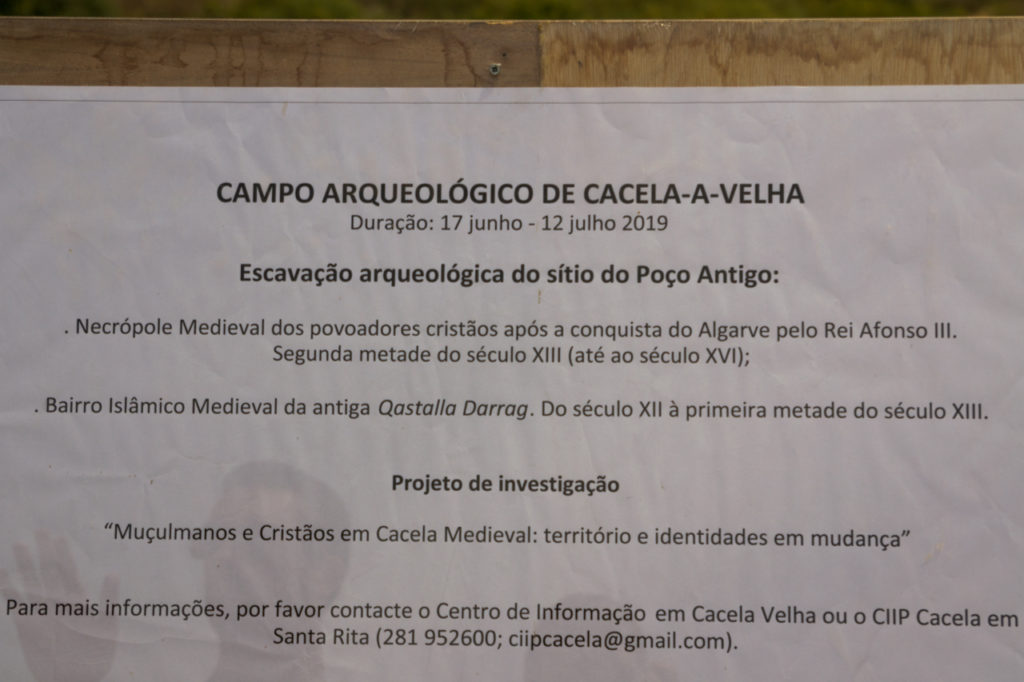
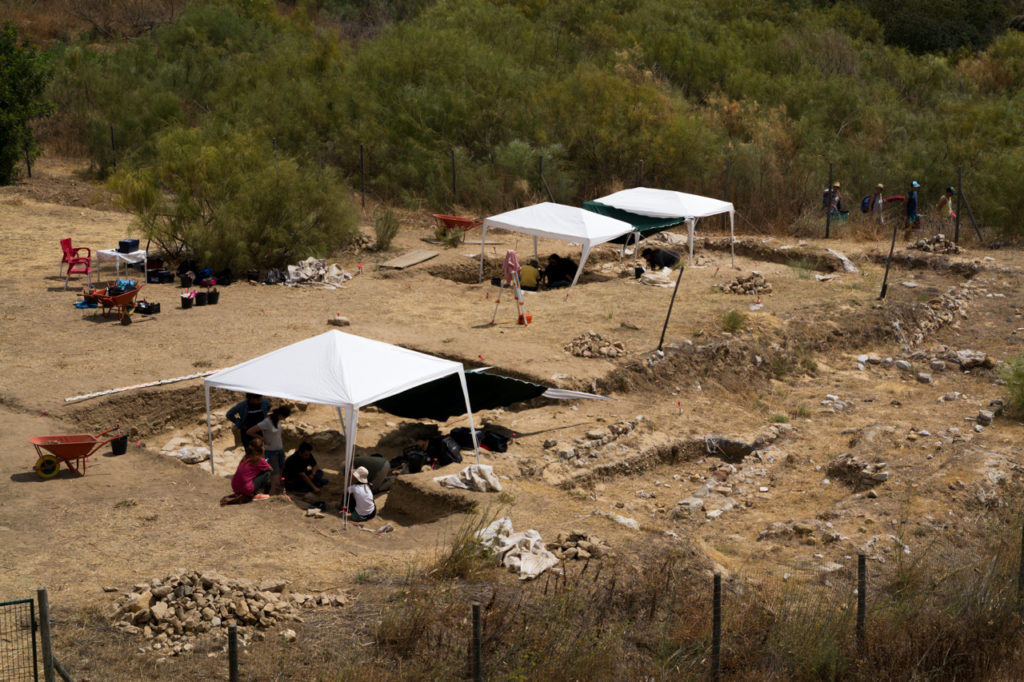
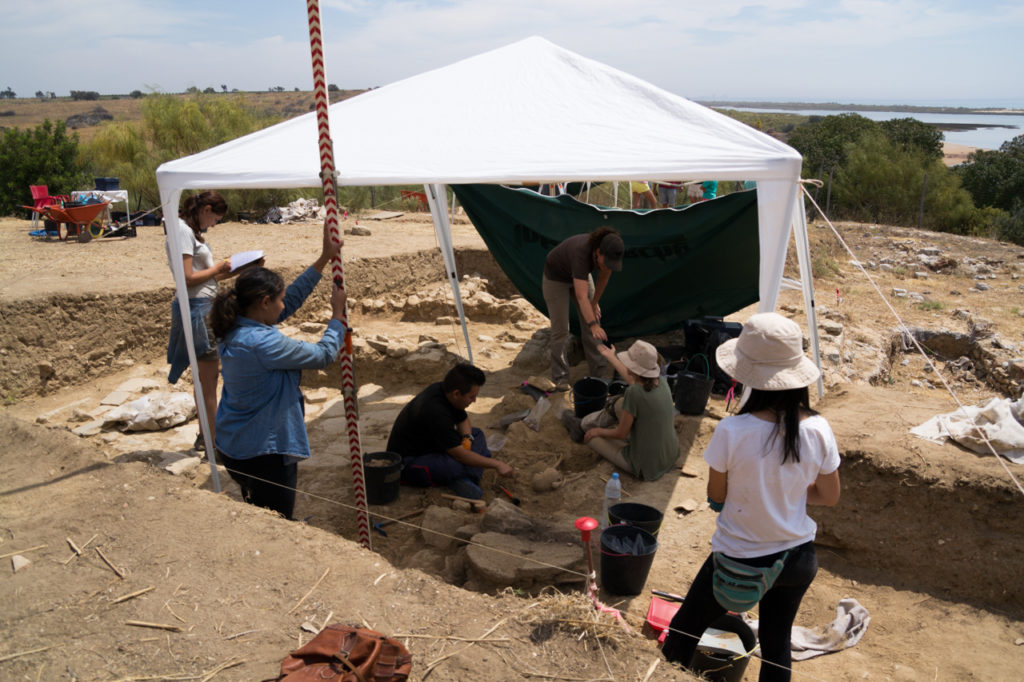
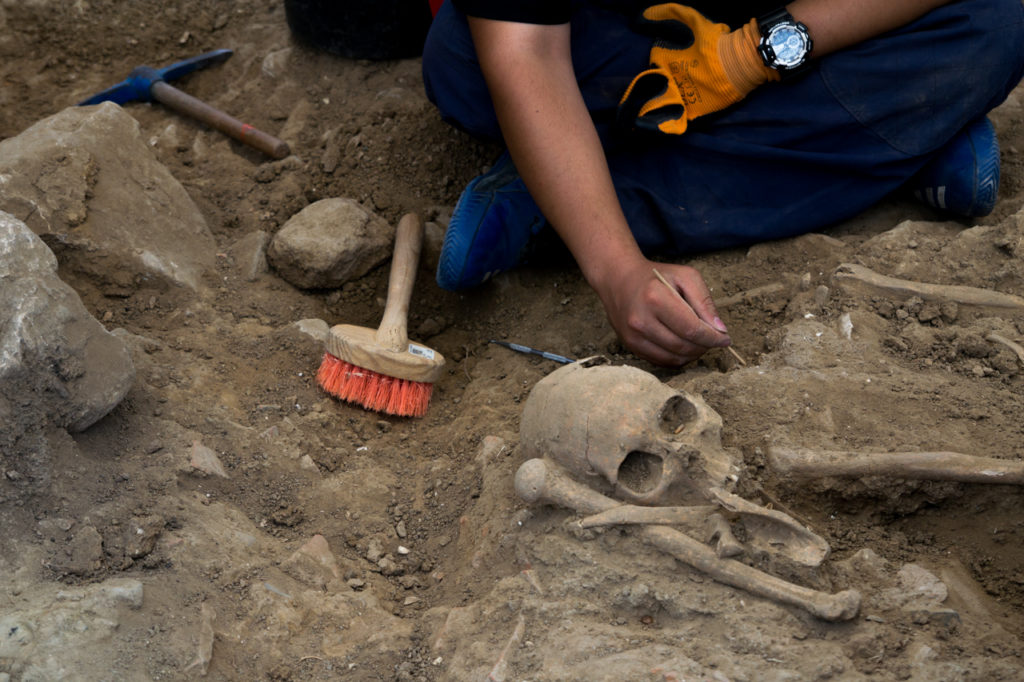
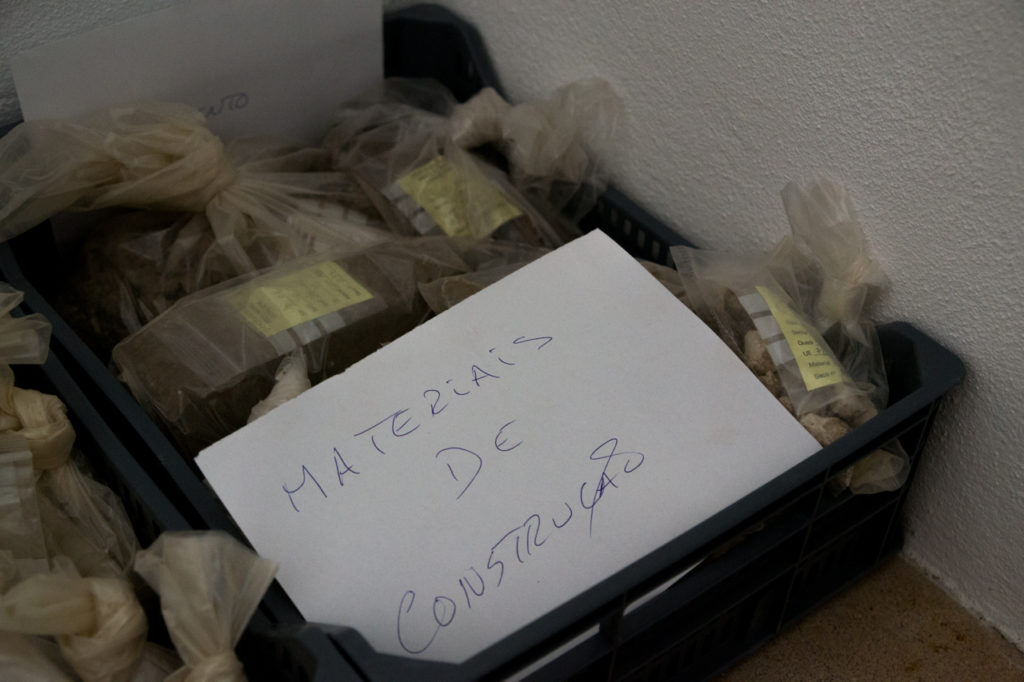
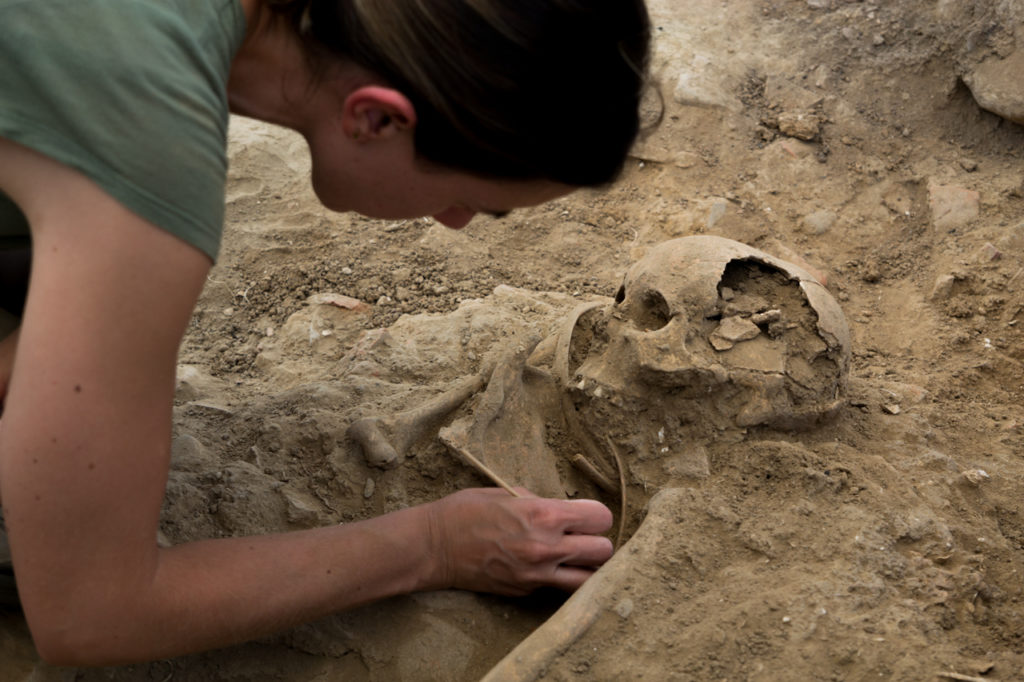
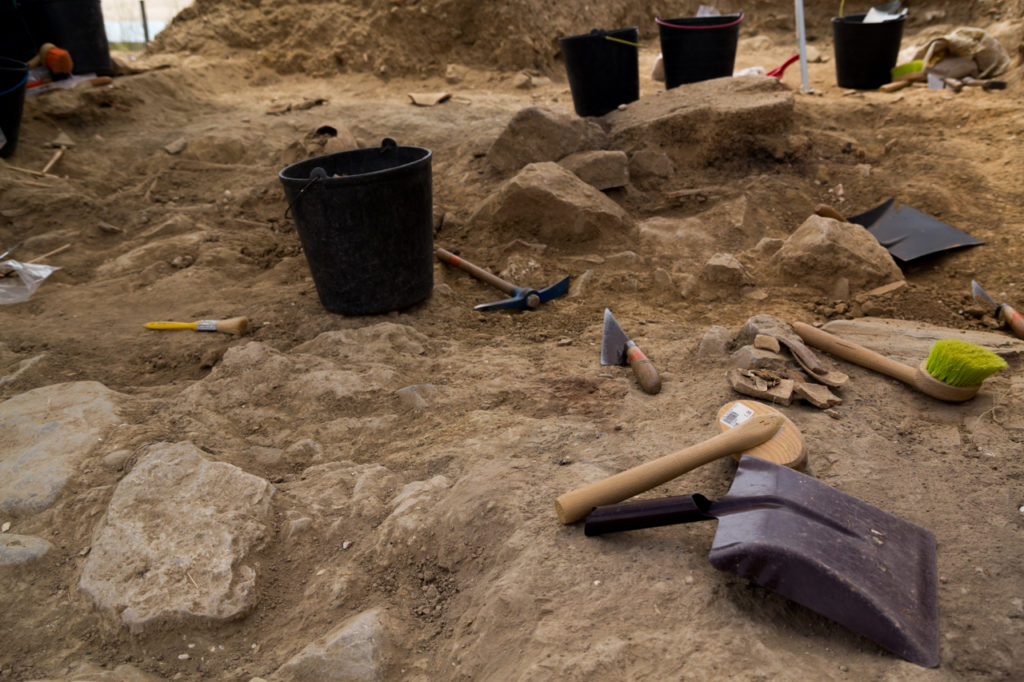
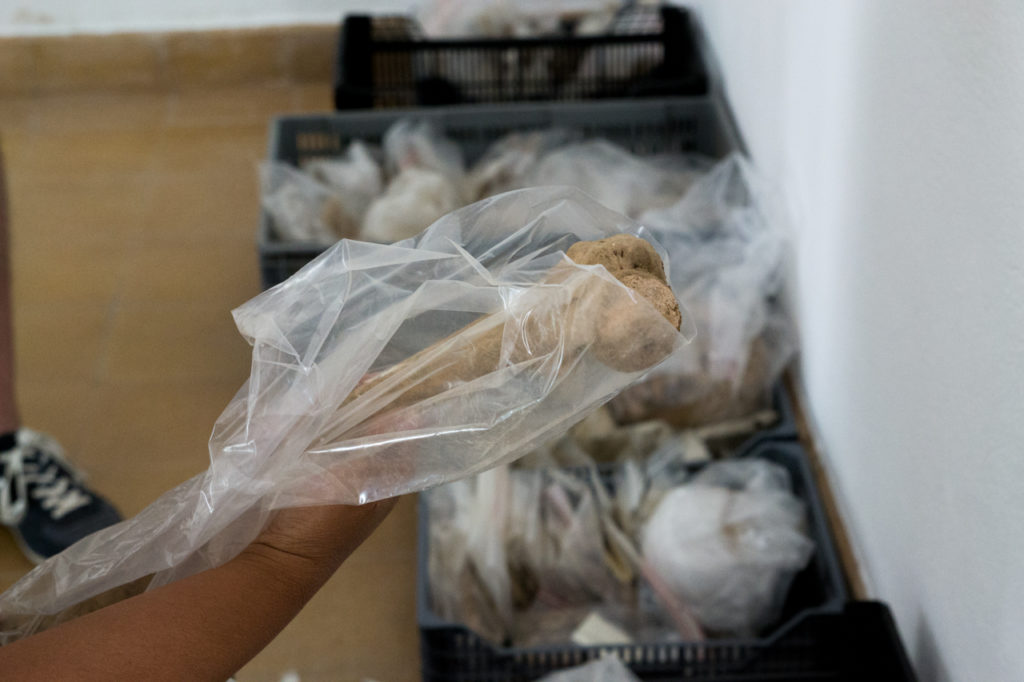
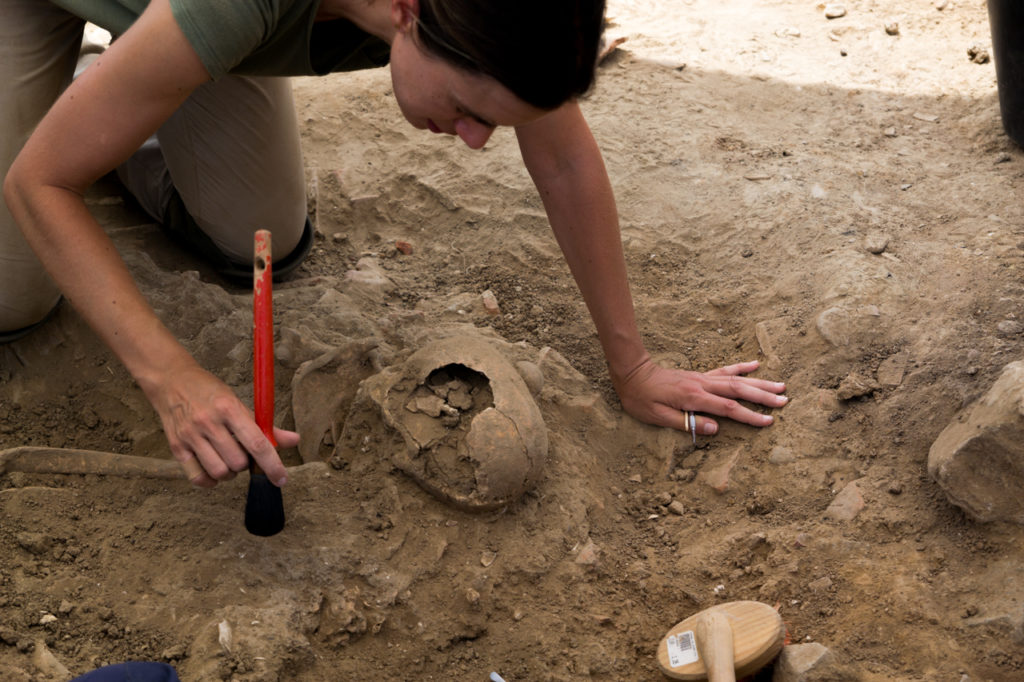
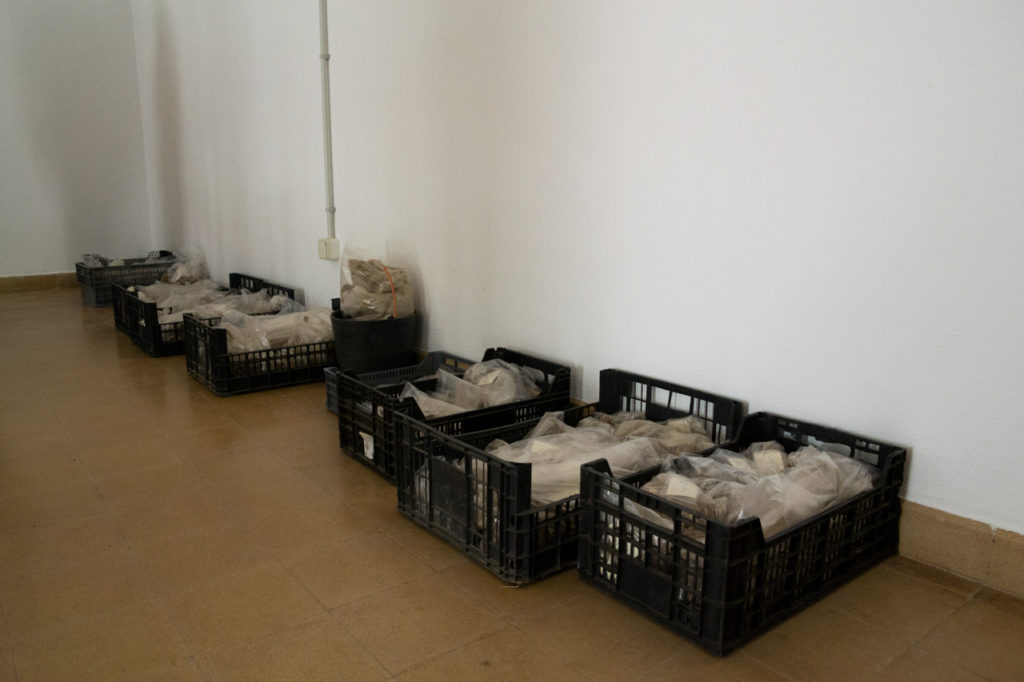
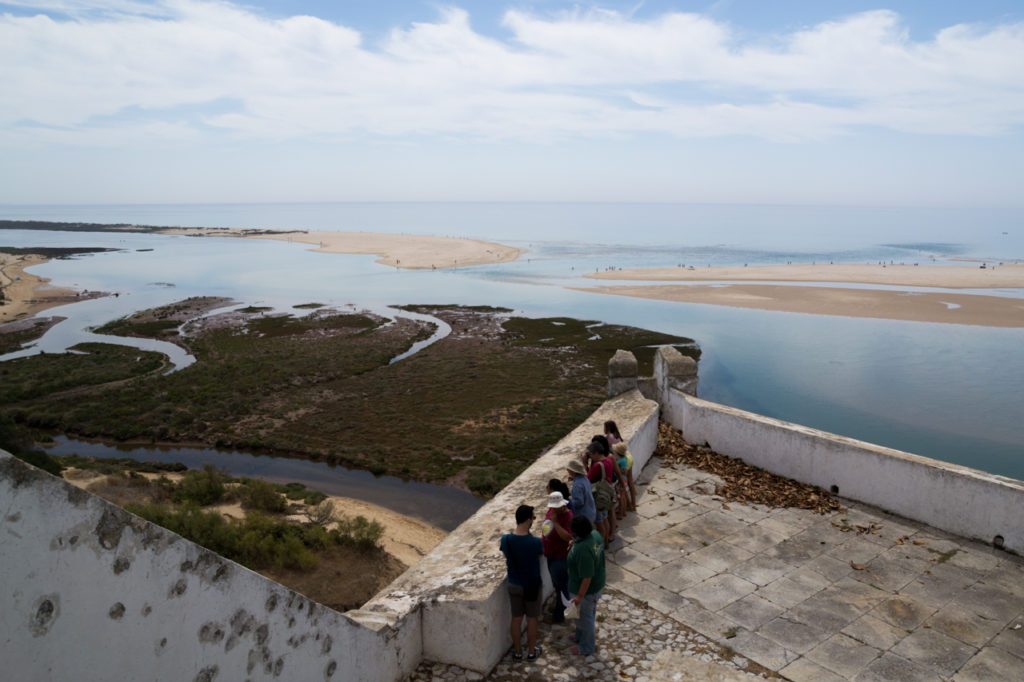
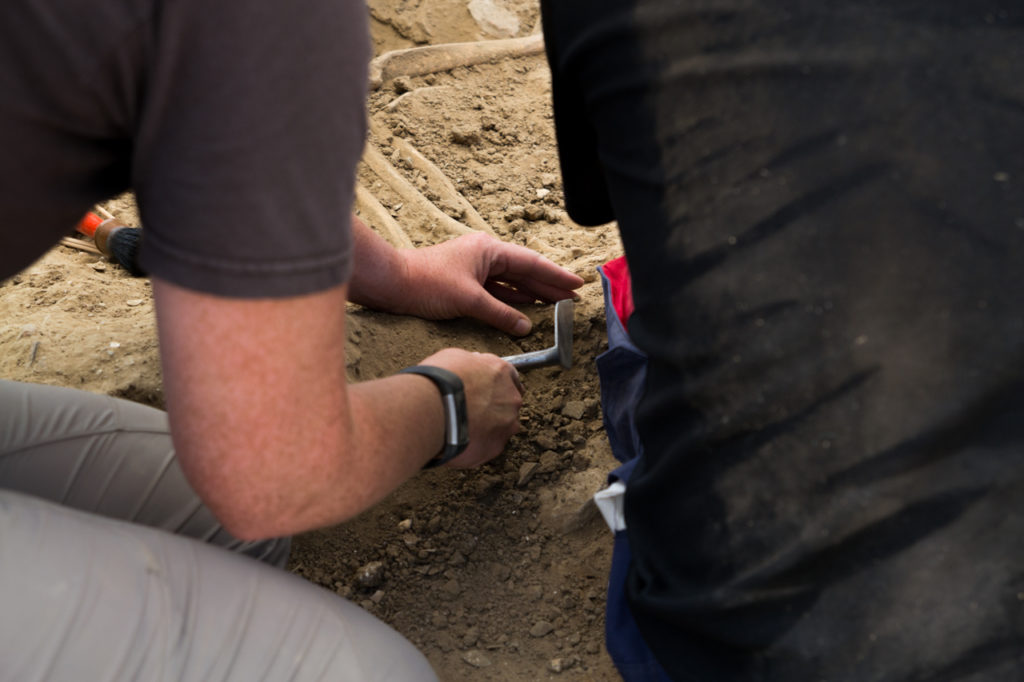
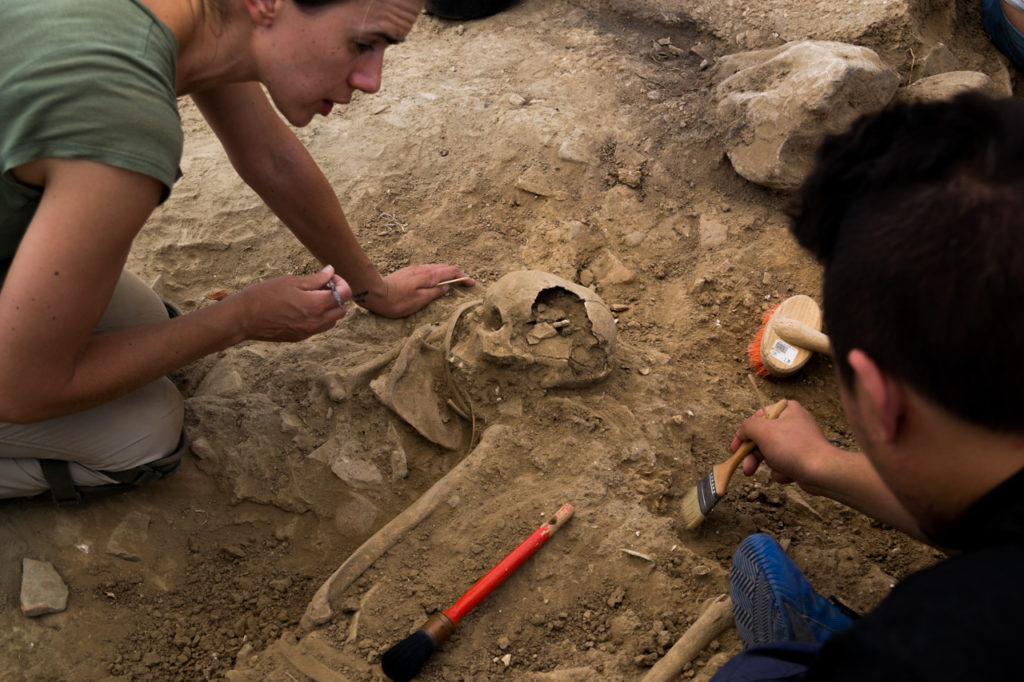
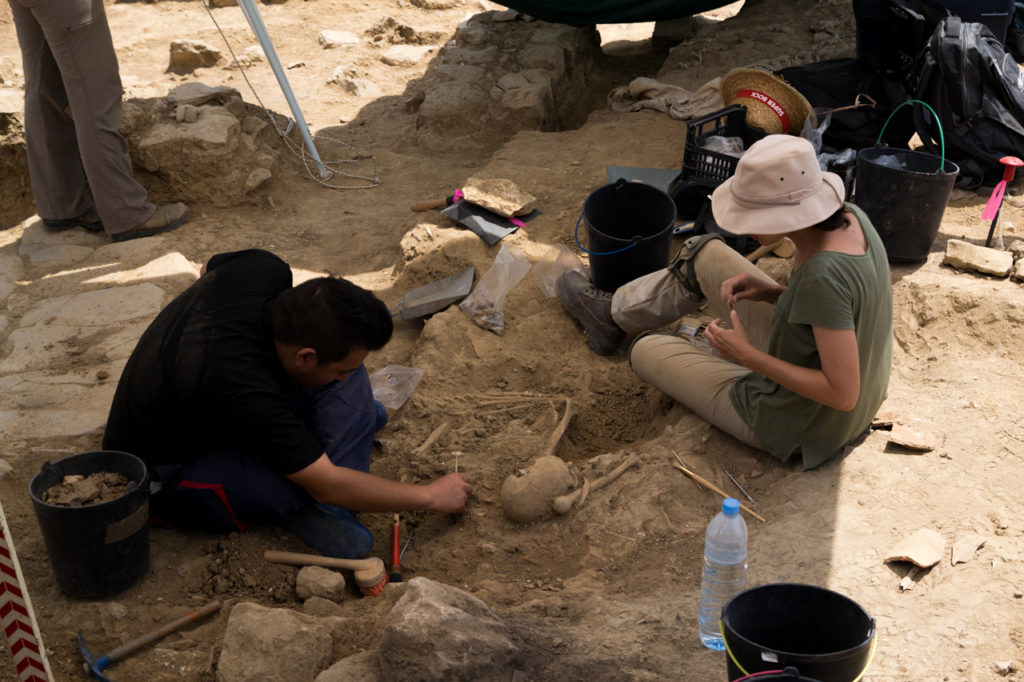
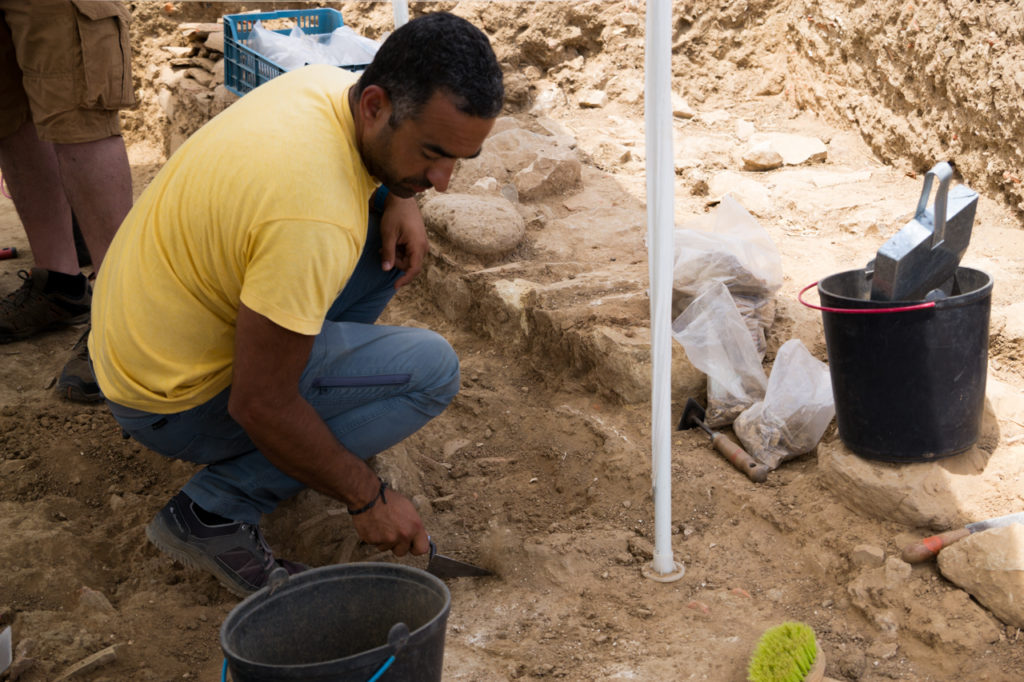
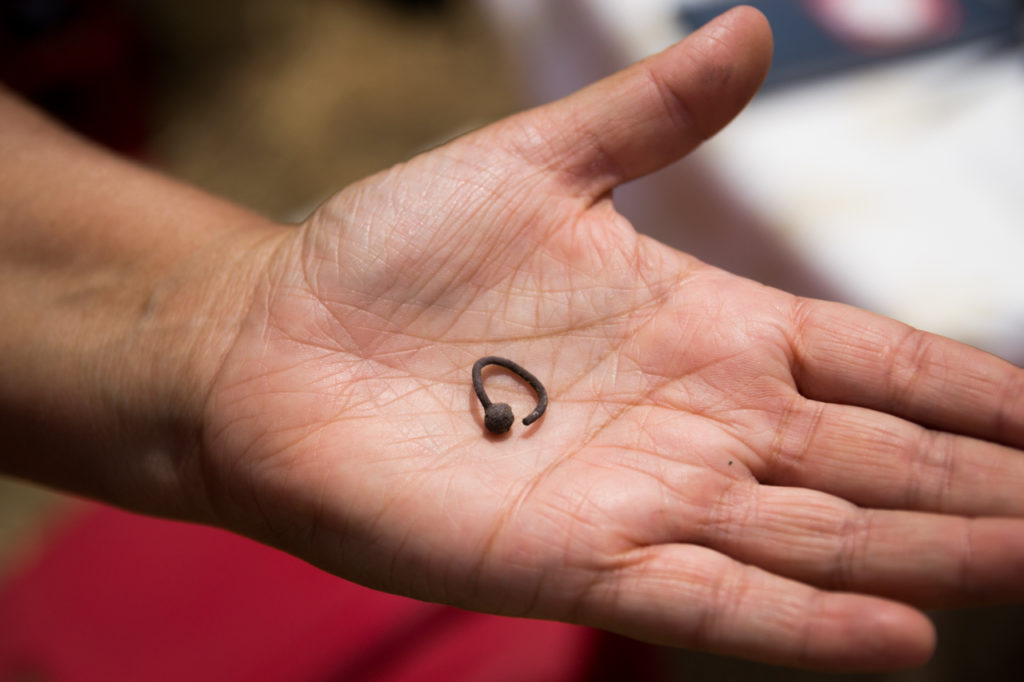
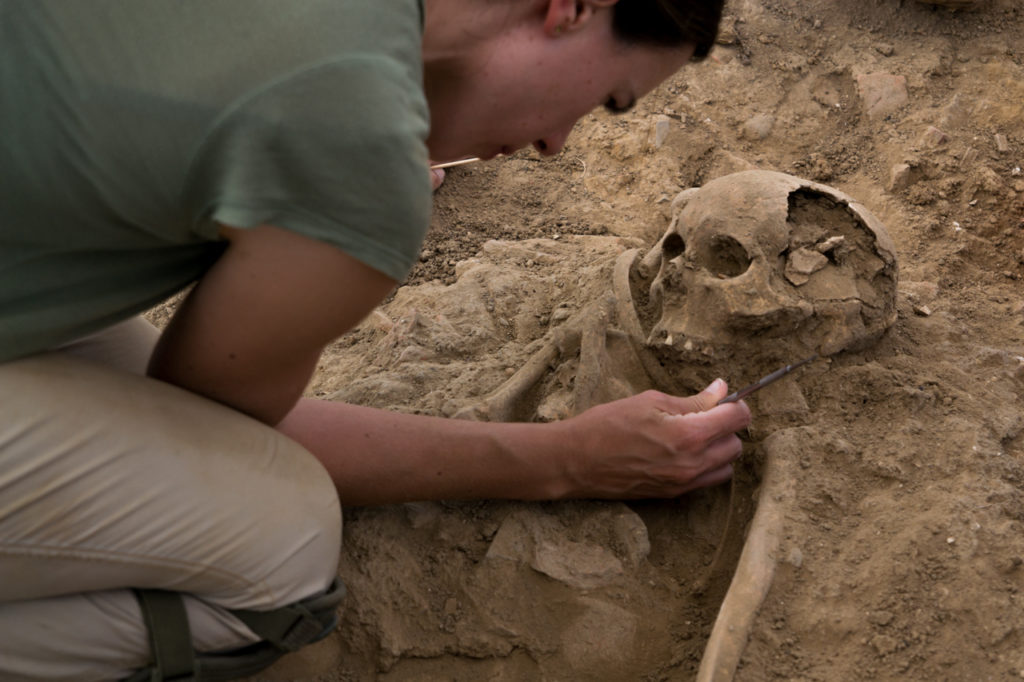
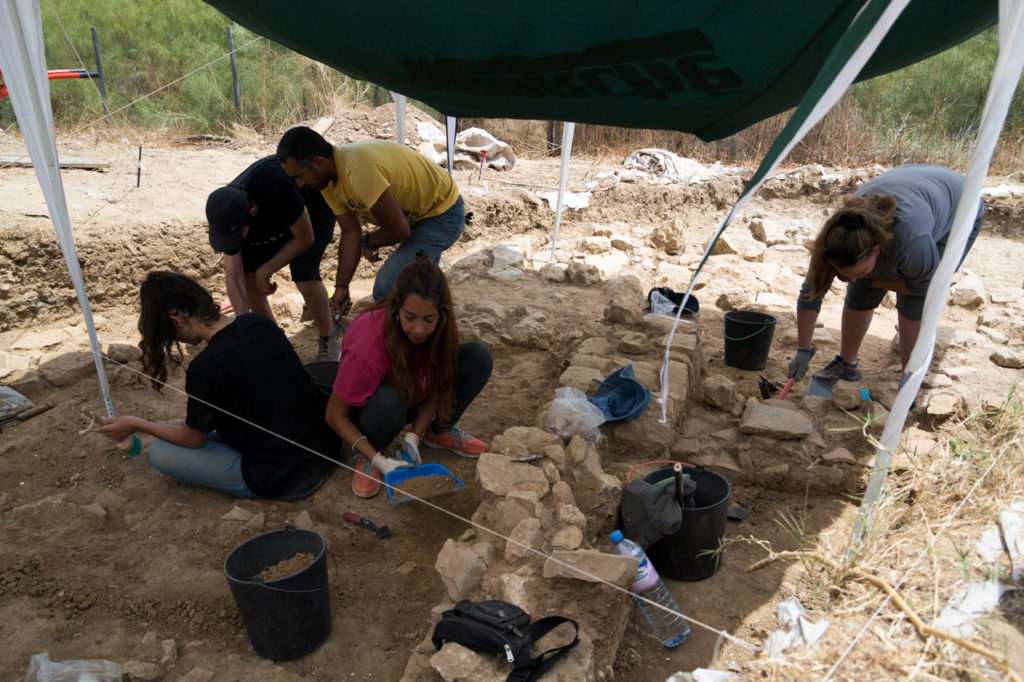
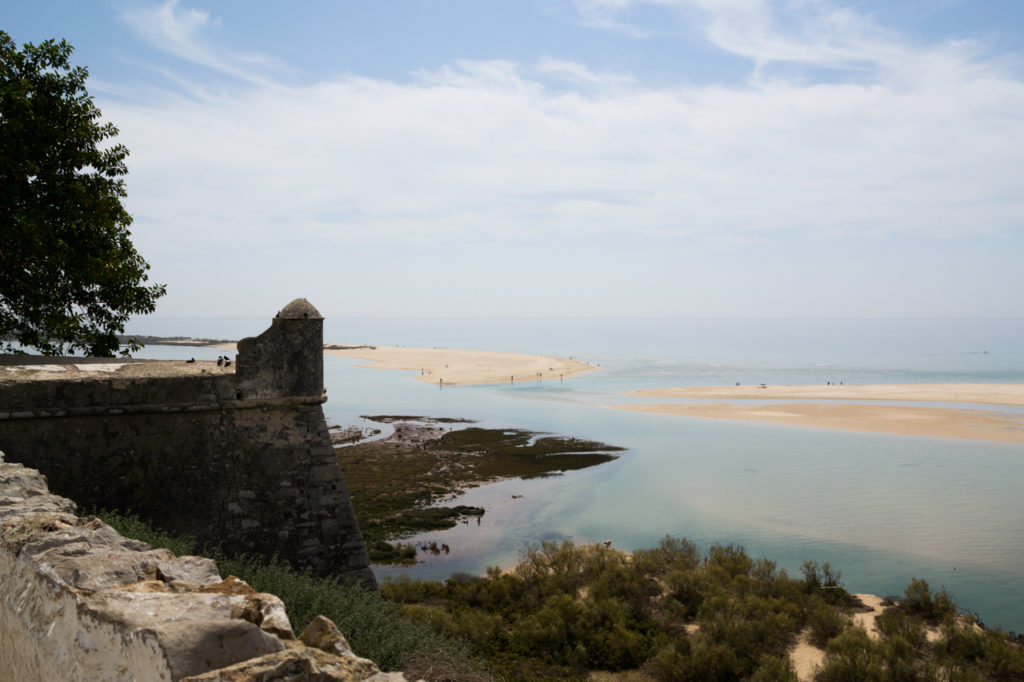
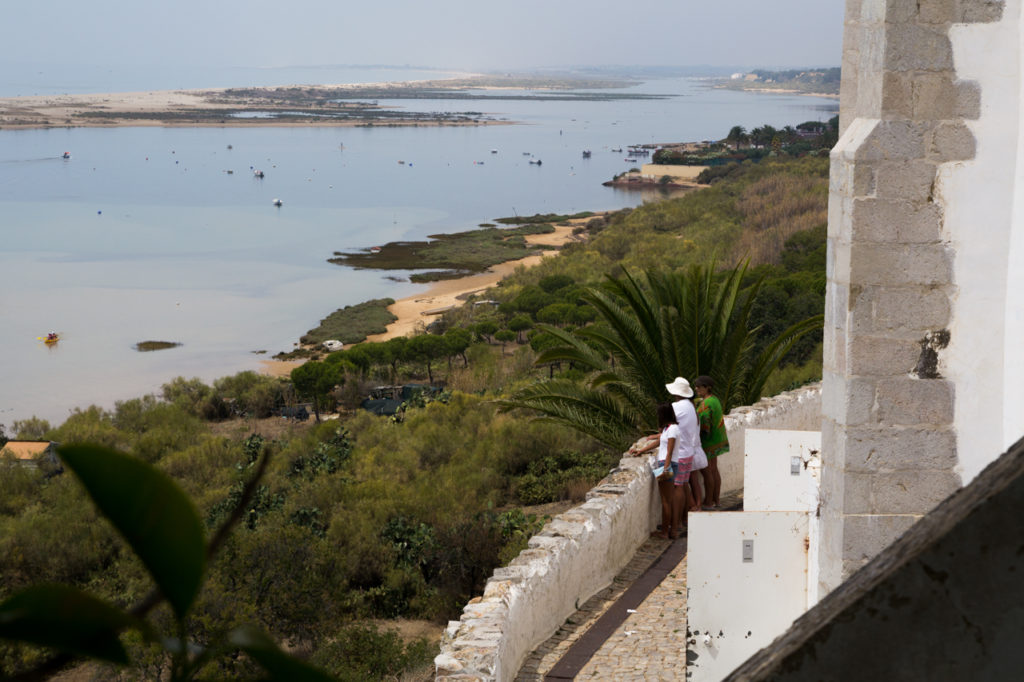
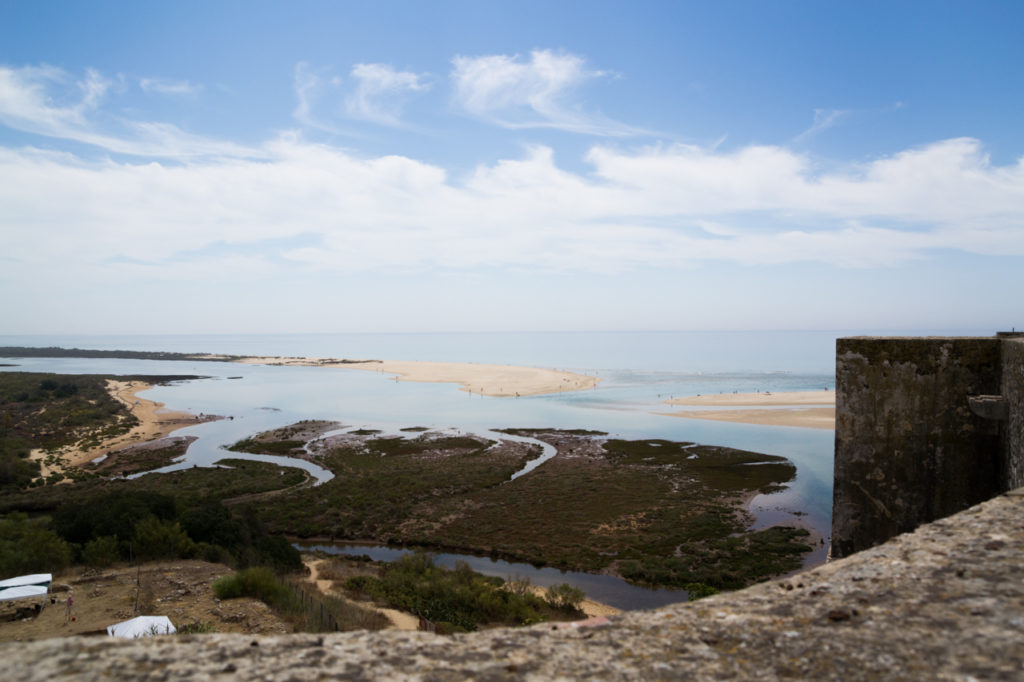


















Comments